Column: Sidewalk question deserves more concrete answer from mayoral hopefuls
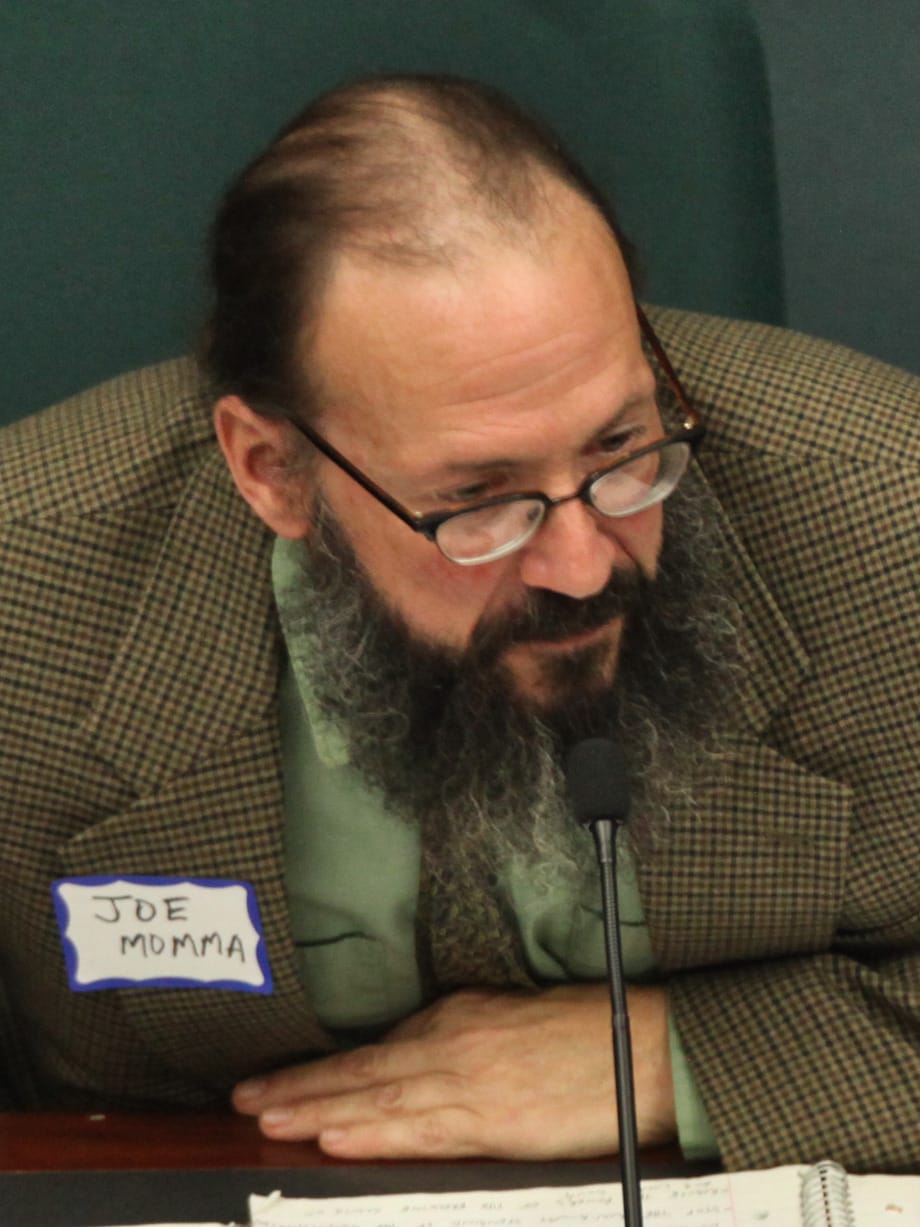
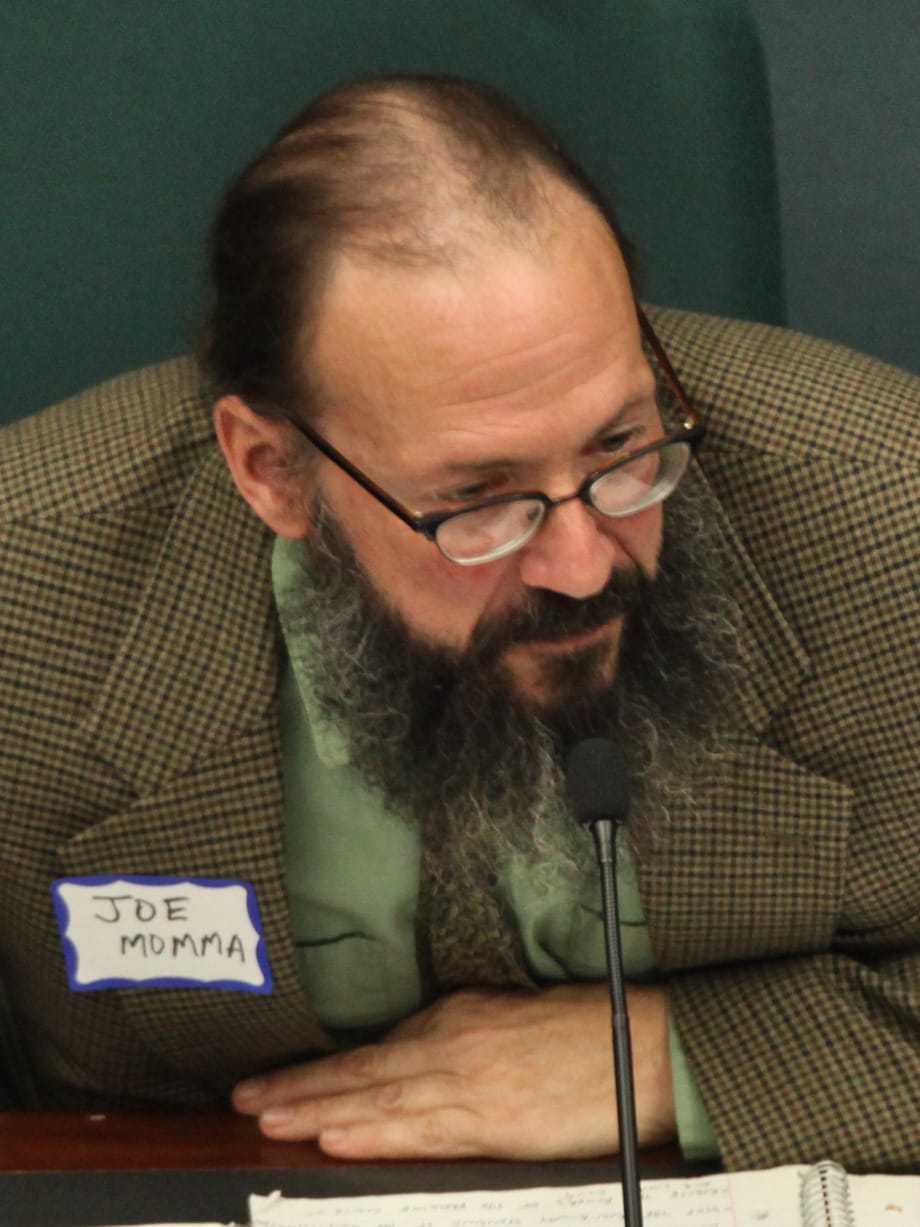
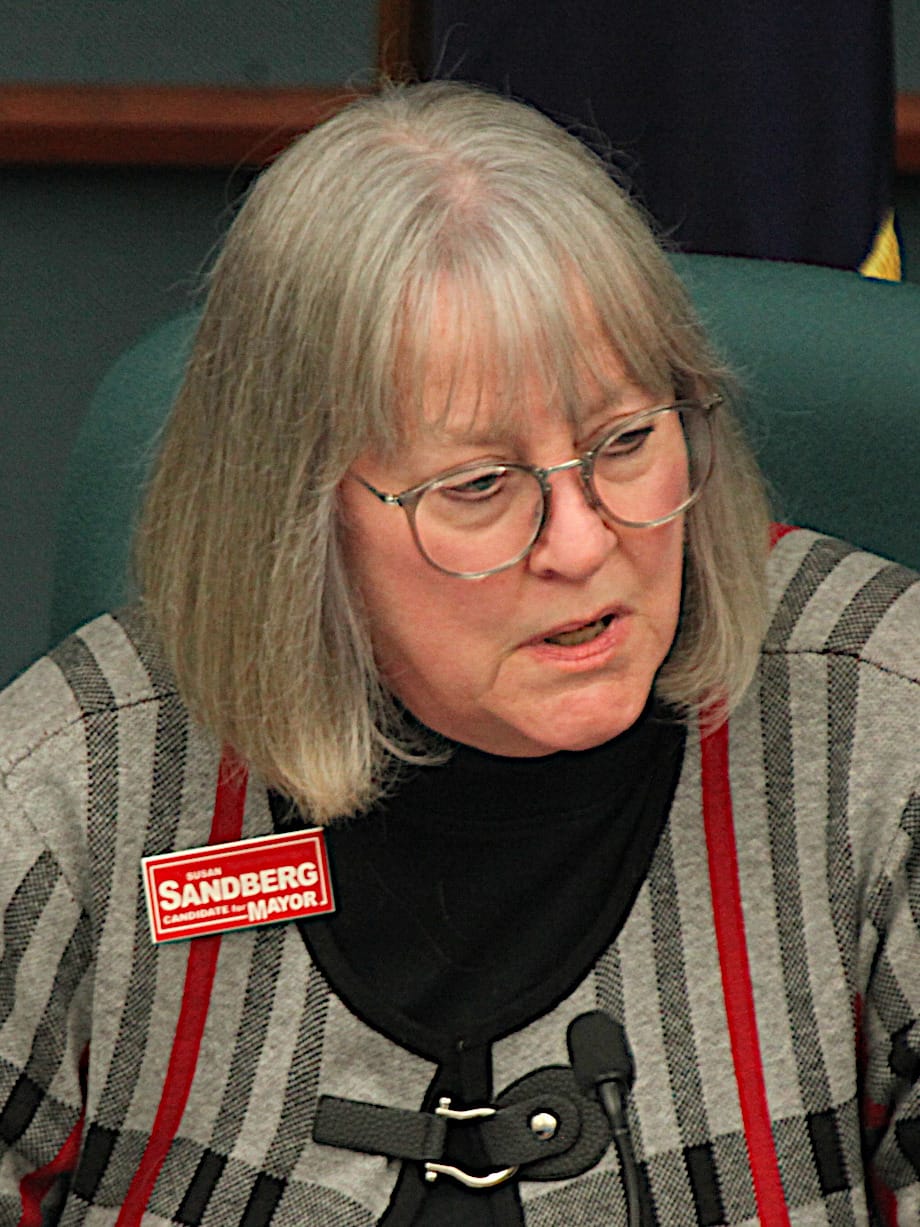
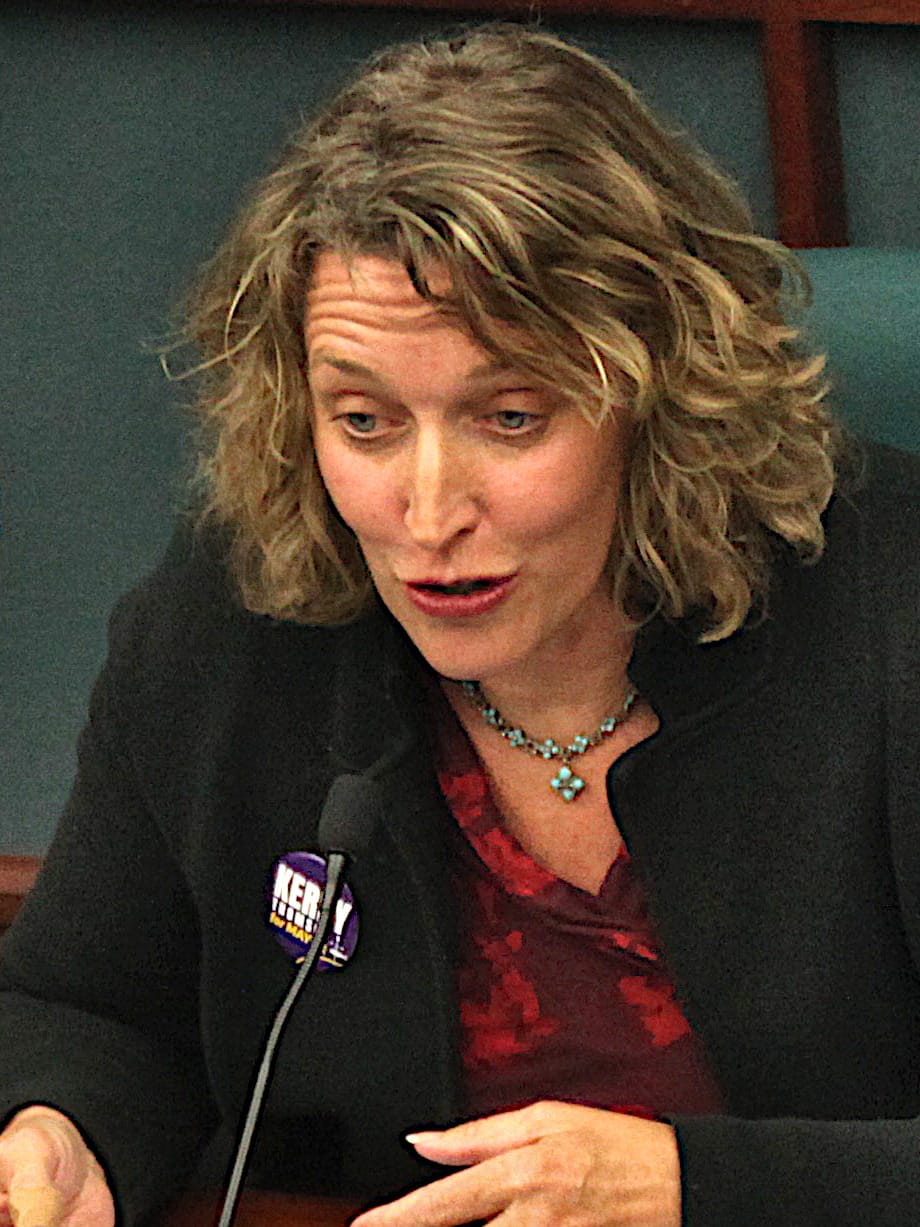


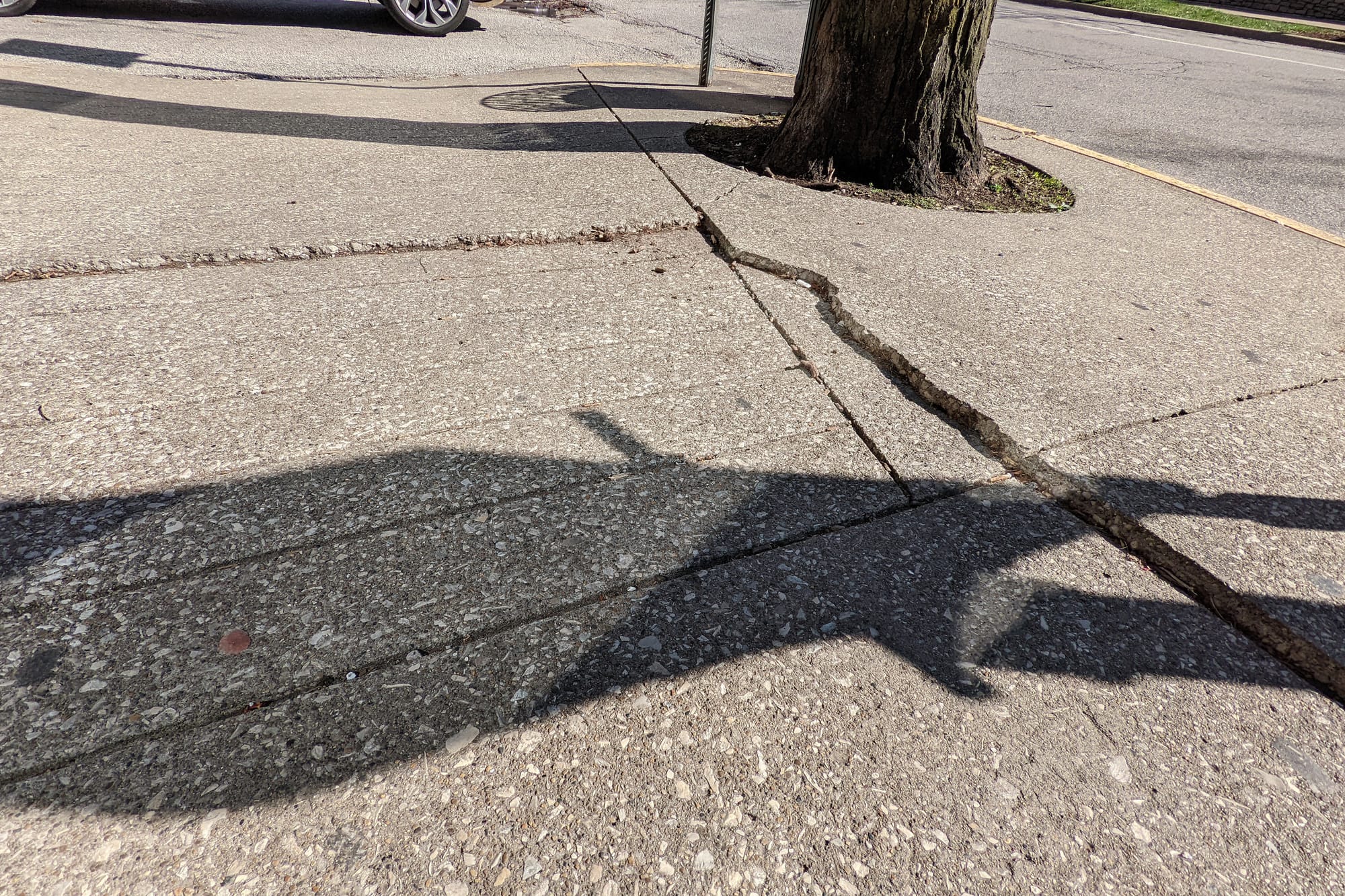



“Will your administration end the policy that individual homeowners have to pay for sidewalk repair?”
That was the final question asked at a March 30 forum for Bloomington mayoral hopefuls.
Moderating the forum was Paul Helmke, who was a three-term mayor of Fort Wayne, and is a professor of practice at O’Neill School of Public and Environmental Affairs.
The forum was hosted by Stonebelt and the city’s council for community accessibility. After posing the question, Helmke noted that sidewalk repair is an important issue for people with disabilities.
Helmke had essentially squeezed in the question at the end of the forum, giving a time limit for answers of just 45 seconds. That meant the four people sitting on the dais in the packed city council chambers didn’t have a lot of time to talk about the topic.
Answering the question were Democratic Party primary candidates Don Griffin, Susan Sandberg and Kerry Thomson and independent hopeful Joe Davis.
I think all four answers fell short of reasonable expectations for someone who wants to lead the city of Bloomington.
It’s to their credit that none of them simply blindly promised that the city would take over the responsibility for sidewalk repair. If property owners are required to pay for sidewalk repair, then sorting out how the city government would fund it will not be an easy task.
Still, I think government funding sidewalk repair is feasible using existing financial resources and tools, even if it would require some re-prioritization of those assets.
One way to approach this over time would be something like this:
In the first year, the city takes on the repair of those sidewalks citywide that are in the very worst condition. In subsequent years, the city would focus on the sidewalks in one of four city quadrants.
A good template for an answer to the sidewalk repair question would go something like this:
Model answer on sidewalk repair
The fact that adjacent property owners are responsible for sidewalk repair is not just a policy that the executive branch has adopted. It’s actually a local law that Bloomington—like many other cities—has had on the books for a long time. Changing that law would require cooperation from the city council. So I’m committed to working with the city council to change it. I’m committed to working with the council on this issue, because sidewalks in Bloomington are not in acceptable condition. Possible sources of funding include: TIF revenues overseen by the redevelopment commission; the parking meter fund; community revitalization enhancement district (CRED) funds, which are now in the general fund; and a recurring annual general obligation bond dedicated to sidewalk repair.
Are sidewalks in Bloomington in bad repair?
The analysis the city had done in 2017 found almost 8 miles worth of sidewalks in “poor” condition and another 75 miles in “fair” condition. The remaining 153 miles worth of sidewalk were rated “good.”
Public works director Adam Wason told The B Square recently that the results from a more recent sidewalk analysis will be provided in a presentation to be given a few weeks from now.
What does a “fair” rating mean? A sidewalk block that is rated “fair” can include some slabs that are bad enough to cause a scooter crash and a payout to the rider—$11,000 by Bloomington and $21,000 by the adjoining property owner.
That scooter crash took place in October 2018. As of this Friday, April 6, 2023, those sidewalk slabs still have not been repaired. In October of this year, that bad sidewalk will have sat a half decade, since it caused someone to be injured in a scooter crash.
How fast do sidewalks get repaired using the city’s current approach?
Two years ago, public works director Adam Wason told The B Square that somewhere between 50 and 100 property owners a year receive notification from the city that they need to repair the sidewalks along their property.
At the March 27 meeting of the board of public works, Wason described the status of the city’s 50-50 match program for low-income property owners, to aid their ability to conform to the city’s sidewalk repair ordinance.
“I’ll tell you, we’ve not had a ton of success here,” Wason said. He continued, “Even with a 50-50 match program, a lot of times folks simply can’t afford the couple thousand dollars.” Wason added, “We’re struggling to get folks signed up for this one, even with the match program. So we’re trying to re-envision that a little bit.”
The pace of the city’s current forced repair activity does not seem fast enough to meet the challenge.
Of the four mayoral hopefuls on stage for the March 30 forum, Thomson was clearest in saying that the general condition of sidewalks in Bloomington is not acceptable.
Verbatim answers to questions
Let’s take a look at each would-be mayor’s answer to the question about sidewalk repair.
Susan Sandberg:
And of course, I’m gonna get the tough question that I have to answer in what, 45 seconds here! Obviously the policy on sidewalks is a difficult one. We have had in the past programs that assisted homeowners in doing the repairs for their sidewalks in front of their homes, where we provide the labor if they’ll provide the materials. It is a critical, important part of the essential city services. It’s one of my platforms running for mayor of Bloomington to pay particular attention to our sidewalks. As to ending the policy, that I cannot promise. I don’t I do not make promises I can’t keep. But we can certainly keep improving on the program to make sure our sidewalks are safe, accessible and expanded.
Kerry Thomson:
It’s hard to commit to that expenditure. The city’s finances are less than transparent right now. I don’t know where we’re going to get that money. But I am very concerned about the state of our sidewalks. And we need to do something, whether it’s bring back an assistance program, or find a way that the city can actually pay to improve those sidewalks. They are not safe. They’re not safe, period. For anybody.
Don Griffin:
The city’s finances are accessible—you just need to know where to look. As the deputy mayor, I’ve had a chance to look and create budgets over the last two years. But to answer your question, continuing on helping those who are less fortunate, who if they cannot afford to have their sidewalk fixed, there will be money provided for that. But long term, I don’t think we’ll ever—if you saw the books that I have seen—you know that that’s really not a possibility for the city to take over, redoing all the sidewalks.
Joe Davis:
I’m not sure what my what my policy is going to be at the conclusion of my mayoral term, but certainly we need to improve our sidewalks, whether or not we do that on Saturday afternoons by volunteers, who are cobbling together any sort of solid material that they can and we’ll just go out there and tamp it all down and make it safe. Maybe we’ll have to do that. But Don brings up a good point about the city’s books—they’re there, but they’re not freely accessible and very hard to get access to. So there isn’t the money to take over and repair everyone’s sidewalks, but we can make a dent. We can certainly make a dent in those areas where it is most needed.
Transparency of city’s finances
It wasn’t a big surprise that Thomson and Griffin took the occasion of the sidewalk question to exchange opposing views on the transparency of Bloomington’s finances.
It made for a bit of an awkward moment when Thomson said, “The city’s finances are less than transparent right now.”
As Thomson made the remark, Griffin looked annoyed. He served as deputy mayor for 20 months ending last year, so Thoman’s assessment was essentially a criticism of Griffin.
When it was his turn, Griffin countered with “The city’s finances are accessible—you just need to know where to look.”
From a journalist’s point of view, some aspects of the city’s finances are transparent. For example, the city’s online financial system lets anyone pull fine-grained data like the biweekly payroll records for every city employee dating back to 2015. (It’s a little tedious, but it can be done.) That means if you want to know how many sworn police officers are on the payroll right now, you can find out that information, without asking anyone.
Or, if you’re trying to find out how much money the city has spent on legal fees in connection with annexation, you can pull from the system all the payments that have been made that have the word “annexation” in the description of the transaction.
But if you want to know how much money has been transferred into the alternative transportation fund from different sources, that’s more of a challenge.
Based on my experience, you can try sending an email message to city controller Jeff Underwood asking that question, and when there’s no response after a week, circle back by email to follow up. Even if the communications director is looped in, you might never get an answer to the question.
It’s not just journalists who enjoy little respect from the controller. At their June 2, 2021 meeting, some city councilmembers floated the idea that Underwood could attend a meeting of the council two months later, on July 28, to talk about the administration’s budget to be presented at the end of August.
Here’s the answer Underwood gave:
If that is the expectation, I’ll be happy to introduce you to your new controller who will be doing that for you. Because it won’t be me! No, you know…I mean, we are working day and night to get you that budget, you know, as soon as we can before the hearing. So there’s a lot that goes on behind the scenes. So we would not be prepared to go into great detail at that time, but always open to suggestions, questions and recommendations.
The quote in its entirety indicates that Underwood tried to take the edge off his initial remark and maybe wished it to be taken as an attempt at humor. Maybe so. But there’s sometimes a lot of truth in humor.
Funding sources for sidewalk repair
When it comes to identifying sources of funding for sidewalk repair, the location of the sidewalk makes a difference.
For a sidewalk within the boundaries of a tax increment finance (TIF) district, which generates revenue overseen by Bloomington’s redevelopment commission (RDC), I think it’s legally permissible to repair the sidewalk using TIF revenue.
That’s because when a sidewalk is “repaired,” it generally is dug out and repoured with new concrete. That puts it on par with the kind of repair that Bloomington’s RDC has recently funded for the resurfacing of Winslow Road.
Not very much of the resurfaced portion of Winslow Road lies within the TIF district boundaries. But the legal justification for funding that kind of project with TIF money is that the project serves the TIF district, even if it doesn’t sit entirely within the district.
By analyzing sidewalks the same way—as serving the TIF district, even if they aren’t inside the TIF district—much of the city’s sidewalk inventory could be eligible for repair through TIF money.
To get an idea of the annual revenue stream from the TIF district, Bloomington property taxes in 2022 generated about $14 million in TIF revenue. Some, but not all of that is committed to paying off existing debt (for example, for parking garages) or is planned for investment in the Hopewell neighborhood.
But even $1 million a year could make an impact on improving conditions of existing sidewalks in Bloomington.
Location is also a key concept for use of parking meter revenue to fund sidewalk repair. State law strictly regulates the use of parking meter revenue.
But one of the allowable uses of parking meter revenue is to pay for (emphasis added) “the cost of repairing and maintaining any of the public ways, curbs, and sidewalks where the parking meters are in use, and all public ways connected with them in the municipality;”
That means any sidewalk next to a parking meter is automatically eligible for repair with parking meter revenue. If the current revenue from parking meters is not adequate to cover sidewalk repair, then some kind of rate increase could be considered.
As for areas of the city where there are no parking meters, it’s conceivable to think of adding “virtual meters” that are fed with an app like ParkMobile. The city is already pursuing that option in some other locations near downtown.
Should some of the city’s neighborhood parking permit zones be converted to ParkMobile metered spaces? Those zones are located in university-adjacent neighborhoods. The answer is not obviously yes, but I think it should be open to some discussion.
The first benefit would be the elimination of the neighborhood permit program’s administrative cost. Also eliminated would be the equity issue that arises from current local law, which says that only occupants of single-family units are eligible to buy such a permit.
Another automatic benefit, from converting neighborhood parking permit zones to ParkMobile spots, would come from existing city code, which reads (emphasis added): “For metered or marked parking, the minimum requirement is one accessible parking space per twenty-five for every block face (all sides of a city block).” That would ensure that additional accessible parking spaces are added in neighborhoods.
But the salient point for this column is that revenue from virtual parking meters, in spots where a neighborhood parking permit is now required, could be spent on repair of the sidewalks in those neighborhoods.
The city council is currently considering the use of some community revitalization enhancement district (CRED) funds to pay for part of the construction of a new technology center in the Trades District. The CRED has now expired, so the roughly $17 million that was previously segregated in its own fund is now in the city’s general fund.
Even though the money is now in the general fund, it appears to be the intent of the city council to appropriate the money only if its use is consistent with the original intent of the CRED. I think sidewalk repair can be analyzed as consistent with that original intent.
Finally, a standard tool for a government entity in Indiana to finance capital projects is to issue general obligation (GO) bonds.
It’s a custom of Monroe County government to issue a $3-million GO bond every year, to pay for capital projects.
Bloomington could also consider issuing a GO bond every year—just to pay for sidewalk repair.
Conclusion
I hope the next mayor of Bloomington will take up the challenge of putting the city’s sidewalks in a state of good repair, and to keeping them that way.




Comments ()